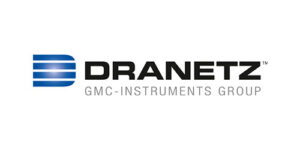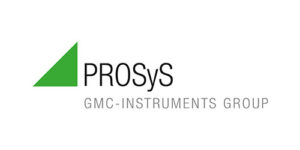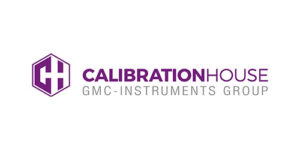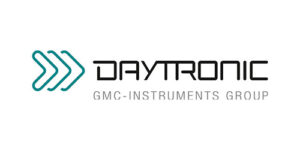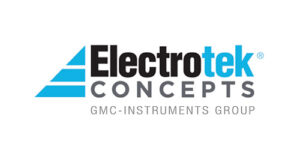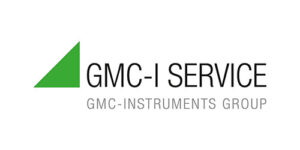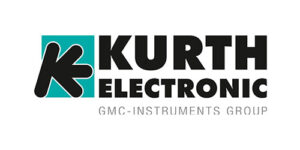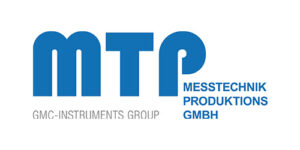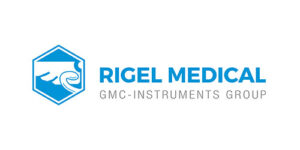Electrical Safety Testing in a healthcare facility is critical to patient and operator safety, and has a significant impact in overall liability for the healthcare providers or organizations. The vast majority of patients do not understand all of the tests that hospitals need to do to ensure their safety when receiving critical, periodic or occasional care. The reality of healthcare diagnostic equipment is that it can be dangerous if a problem exists in the equipment of if upgrades or repairs are made, and proper safety checks aren’t performed. All medical diagnostic equipment is powered from some type of electricity, whether it’s plugged into the wall or running on battery. Some devices, under certain circumstances do emit small amounts of electrical currents to perform the required procedure. These electrical currents can potentially cause harm to both patient and operator if these exceed the maximum allowed by the human body.
Biomedical, Clinical and Facility engineers are tasked with maintaining the reliability and electrical safety of hospital equipment. This includes all of the medical devices that are used to monitor and cure patients, as well as all of the other equipment that comes in contact with patients and operators, such as the beds, televisions, and coffee pots. This practice is not taken lightly, as the liability impact for the healthcare center or provider is potentially large. Standards have been put in place by regulatory and government agencies around the world to establish and enforce how medical device equipment is tested. These standards are in place and enforced to ensure safety of both the patients and operators.
In Europe the IEC has established standards 60601 and 62353, in the United States the UL has replaced UL 2601 with UL 60601, and there are still more consortium and inspection organizations that have their own standards, which are all derivations of the IEC and UL standards. These standards dictate which types or test are to be performed and the acceptable limits for each of the different measurements. Typically, testing on medical devices includes Earth bond (ground resistance), leakage currents, touch voltages, isolation resistance, and insulation resistance. These tests can be performed differently for each type of equipment.
Managing all of the different test types, with different classifications of instruments, and different applications can be very difficult. This requires the test engineer to understand which standards tests need to be performed and what the acceptable limits are for each based on the equipment type. This is why it is ever important for engineers to have easy to use equipment that can manage the test parameters and sequences based on each standard and each equipment type.
The Gossen Metrawatt Seculife ST has been designed to meet all of the requirements for any Biomedical, Clinical, or Facility engineer to test any piece of hospital equipment per the applicable international standards. With pre-built automated test sequences, the instrument steps the users through a guided step-by-step procedure, performing each test based on the class of device with a PASS or FAIL result at the end. All of the test parameters are then stored into memory to create a detailed report.
Applicable International Standards:
UL/IEC 60601
AAMI 60601
JACHO
IEC 62353
FDA 60601
NFPA99
UL544 / UL187
UL/IEC 61010
UL/IEC 60950
IEC 60335




